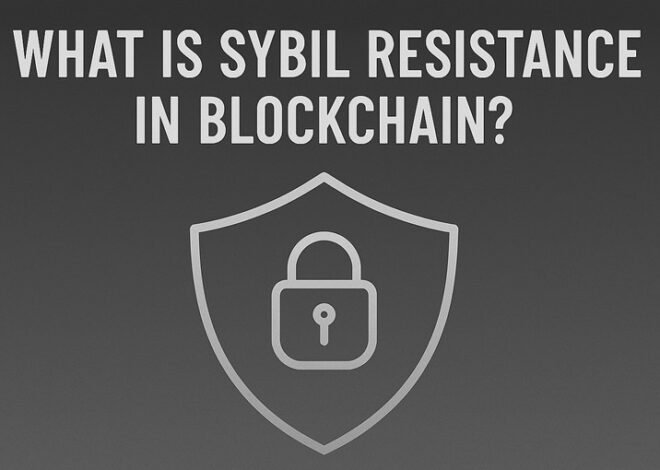
HashFlare Scam – Hashflare Founders Plead Guilty in $577 Million Crypto Mining Ponzi Scheme
By Staff Reporter February 14, 2025
On February 13, 2025, two Estonian nationals, Sergei Potapenko and Ivan Turõgin, pleaded guilty in a Seattle federal court to one count of conspiracy to commit wire fraud for operating HashFlare, a cloud-mining platform that duped investors of more than $577 million. This Hashflare Scam is one of the biggest crypto scams in history.
What Was The Hashflare Scheme That Lured Investors?
HashFlare launched in 2015, promising retail customers the ability to rent cryptocurrency-mining power without purchasing hardware. Investors bought contracts entitling them to a share of Bitcoin and other coins mined by the service. By mid-2019, customers worldwide had paid over $577 million under the belief that their contracts were generating steady mining rewards.
Mechanics of the Fraud
Despite claims of expansive data centers, HashFlare possessed less than 1 percent of the computing power it sold. Its web-based dashboard displayed entirely falsified mining returns, and customer payouts were often made with cryptocurrency purchased on the open market, not actual mining proceeds.
Flow of Funds and Asset Forfeiture
Prosecutors revealed that Potapenko and Turõgin diverted customer funds into real estate, luxury vehicles, and offshore investment accounts. As part of their plea agreement, they will forfeit more than $400 million in assets, which the Department of Justice will use to compensate victims.
| Metric | Details |
|---|---|
| Founders | Sergei Potapenko, Ivan Turõgin |
| Operational Period | 2015–2019 |
| Total Customer Payments | $577 million |
| Mining Capacity Claimed vs Actual | 100% vs less than 1% |
| Assets Forfeited | Over $400 million |
| Victim Count | Hundreds of thousands worldwide |
| Guilty Plea Date | February 13, 2025 |
| Sentencing Date | May 8, 2025 |
Polybius ICO Scam
In addition to HashFlare, the duo ran a separate fraud under the guise of Polybius, an Initial Coin Offering for a so-called digital bank. That scheme raised approximately $31 million before collapsing, with proceeds similarly siphoned for personal use rather than bank development.
Investigation, Arrest, and Extradition
The scheme unraveled following a multi-jurisdictional probe led by the FBI’s Seattle Field Office in cooperation with Estonian authorities. Potapenko and Turõgin were arrested in Tallinn in November 2022, extradited to the United States, and charged in an 18-count indictment later unsealed in 2023.
Victim Compensation Process
Under the plea deal, the DOJ will manage a remission process to distribute forfeited assets to verified victims. Specific procedures and claim forms will be announced by the Department of Justice in the coming weeks.
Sentencing Outlook
Each defendant faces up to 20 years in federal prison. A judge will determine actual sentences on May 8, 2025, considering the U.S. Sentencing Guidelines and any mitigating factors presented by defense counsel.
FBI’s Role in the HashFlare Scam
Investigation Lead
The FBI’s Seattle Field Office spearheaded the criminal probe into HashFlare, assigning agents from its Criminal Investigative Division to trace the flow of investor funds, analyze falsified mining-profit data, and build the wire-fraud case against Sergei Potapenko and Ivan Turõgin.
Victim Outreach
Alongside evidence gathering, the FBI’s Seattle Division opened a public portal for victims to report losses. Through an online questionnaire, former HashFlare customers submitted details of their contracts and withdrawals, strengthening the case record and laying groundwork for future compensation efforts.
Lessons for Crypto Investors
The HashFlare case underscores the importance of due diligence in crypto investments. Investors should:
- ✅ Demand proof-of-mining and audited reserves.
- ✅ Avoid platforms lacking transparency or regulatory oversight.
- ✅ Be wary of guaranteed returns and complex withdrawal conditions.
- ✅ Monitor for sudden changes in terms of service or minimum withdrawal thresholds.
| Metric | Detail |
|---|---|
| Total Funds Raised | $577 million |
| Operational Period | 2015–2019 |
| Actual Mining Capacity | Less than 1% of claimed output |
| ICO Funds Raised | $31 million (Polybius project) |
| Assets Forfeited | Over $400 million |
| Maximum Sentence | 20 years per defendant |
| Victim Count | Hundreds of thousands globally |
As crypto adoption grows, so does the need for robust consumer protection. The HashFlare saga is a cautionary tale—one that reminds us that in the digital gold rush, not every miner is digging for you.
Broader Implications
HashFlare’s collapse underscores risks inherent in opaque cloud-mining ventures. Experts advise prospective investors to demand verifiable data on mining capacity, seek regulated platforms, and conduct thorough due diligence before allocating capital to crypto-mining services.
Read Also-
WazirX Scam – India’s One of the Biggest Crypto Controversies


